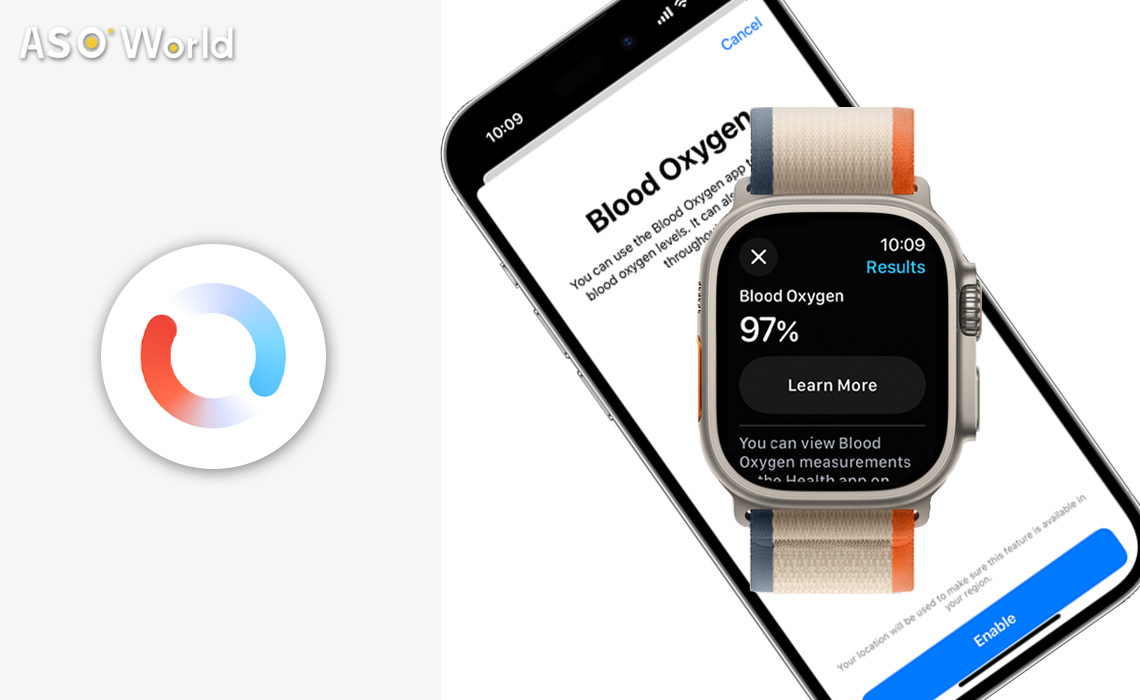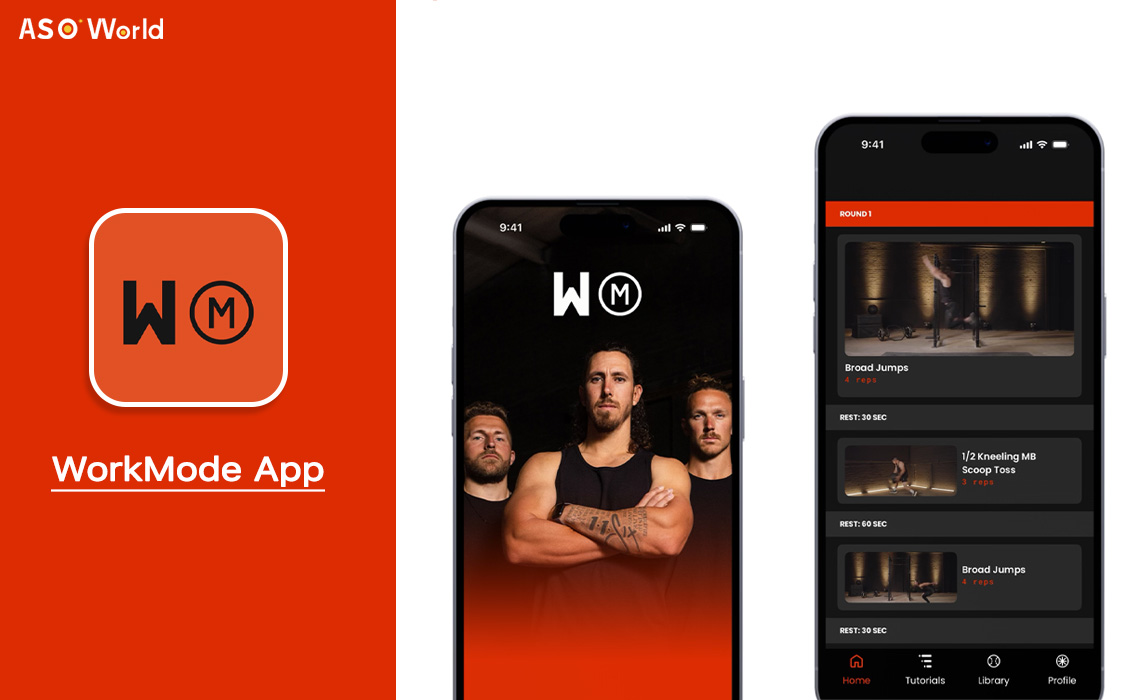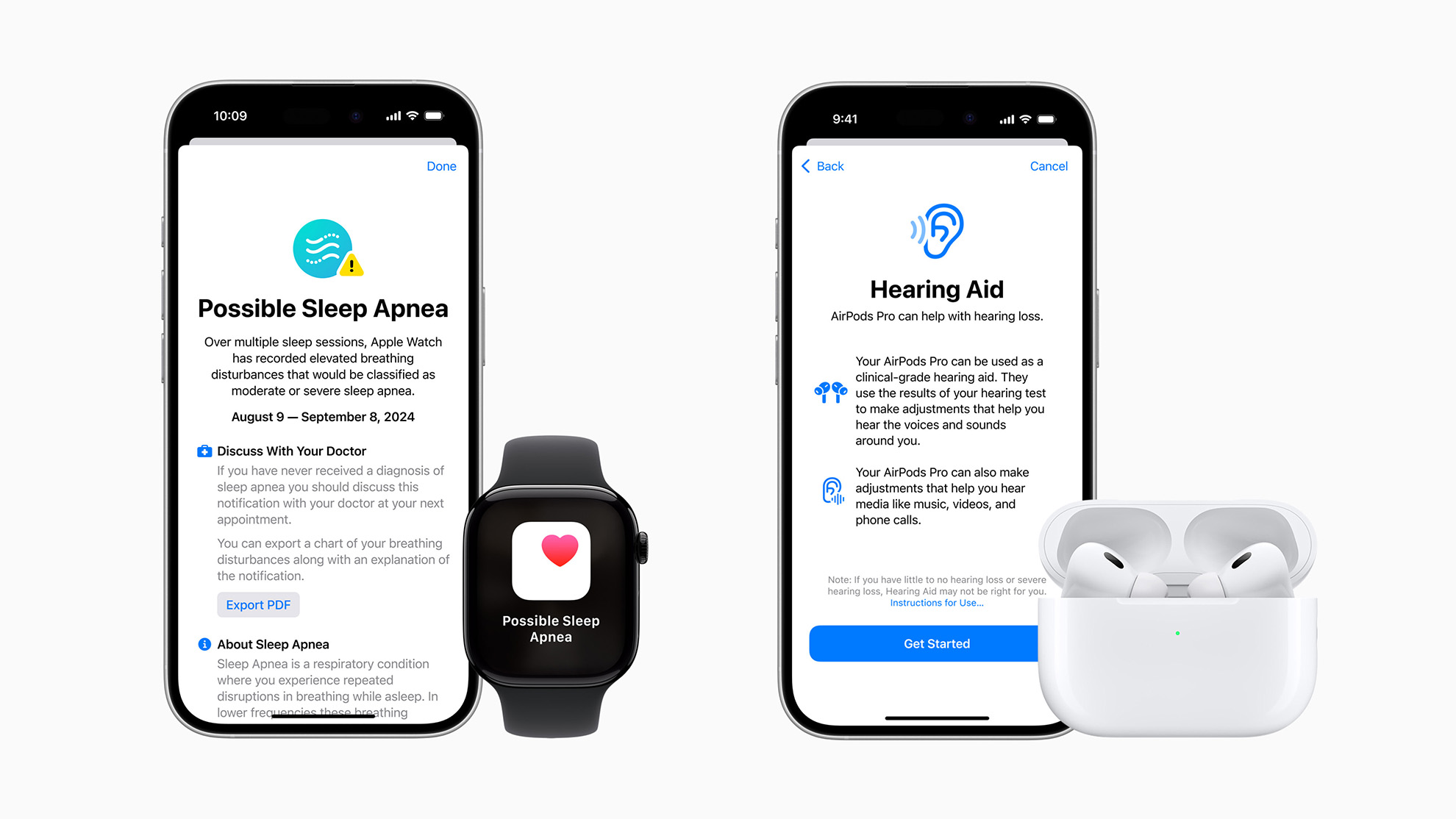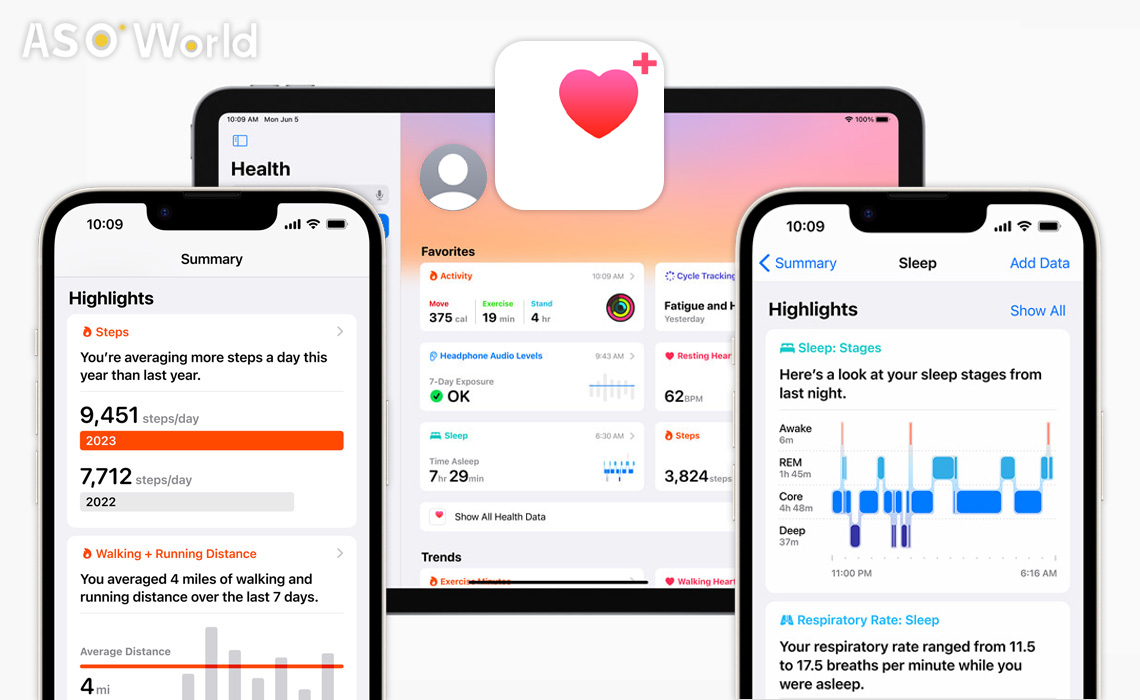Apple has restored the blood oxygen monitoring feature to its watches in the US after a patent battle with Masimo.
The update, released on August 14, 2025, uses a redesigned system where watch sensors collect data, and the iPhone Health app processes it to show SpO2 levels.
This applies to Series 9, 10, and Ultra 2 models sold after January 2024, which had the feature disabled due to a court ruling.
Feature History & Availability
The blood oxygen sensor first appeared in the Apple Watch Series 6 in 2020. It was available on Series 6 and later models, including all Ultra versions, worldwide except for affected US units.
In January 2024, a US International Trade Commission ban halted the feature over Masimo's patent claims on pulse oximetry tech.
Apple appealed but lost, leading to a temporary removal.
The 2025 return follows US Customs approval of a redesign that avoids the patent issue.
Specific Model Impacts
Series 6 and 7 watches remained unaffected and kept the feature with standard updates.
For newer US models (part numbers ending in LW/A), the sensor is now active but relies on iPhone processing.
Globally, the feature works for users aged 18 and older, with checks on apple.com for regional availability.
How the Blood Oxygen Monitoring Works
The system uses red and infrared LEDs on the watch's back to shine light through the wrist skin.
It measures reflected light to detect blood color and oxygen levels, showing SpO2 readings from 95-100% as normal.
Users can take on-demand 15-second scans via the Blood Oxygen app or enable background checks during stillness or sleep.
Results appear in the iPhone Health app under Respiratory.
Accuracy and Limitations
Studies show accuracy with a root mean square error of 2-3%, close to medical devices.
However, it's not FDA-cleared for medical use—only for wellness.
Factors like tattoos, cold skin, or motion can cause errors, leading to low readings below 95% in healthy users.
Comparisons with Competitors
Apple's tool matches Samsung Galaxy Watch in using reflective pulse oximetry, with similar accuracy (Apple RMSE 2-3%, Samsung 3-7%).
Apple offers on-demand and background modes, while Samsung focuses on sleep tracking.
Fitbit provides only sleep SpO2 variability graphs, not direct readings, on models like Sense and Versa 2.
| Feature | Apple Watch | Samsung Galaxy Watch | Fitbit |
|---|---|---|---|
| Measurement Type | On-demand/background | On-demand/sleep | Sleep variability |
| Accuracy (RMSE) | 2-3% | 3-7% | Comparable, averages lower |
| Availability | Region-limited; US redesign | Global | Selected models |
Editor's Comments
This restoration highlights Apple's agility in navigating legal hurdles, potentially strengthening its health tech ecosystem.
Pulse oximetry, key for detecting conditions like sleep apnea, has evolved since the 1970s, but wearables like Apple's emphasize proactive wellness over diagnosis.
Future updates may integrate AI for better accuracy, and ongoing Masimo disputes could spur innovation in sensor tech, benefiting consumers with more reliable tools.
FAQs
When did the Apple Watch blood oxygen feature return?
It returned on August 14, 2025, via iOS 18.6.1 and watchOS 11.6.1 updates for US users.
Why was the feature disabled?
Due to a patent infringement ruling against Apple by Masimo in January 2024.
How accurate is the blood oxygen reading?
Studies show 2-3% error rate, but it's for wellness, not medical diagnosis; users on Reddit note variations from fit issues.
Does it work on older models like Series 6?
Yes, Series 6 and 7 were unaffected and always had the feature.
How does it compare to Samsung's version?
Similar tech, but Apple edges in accuracy per tests; X discussions favor Apple's integration with other health features.
What if my reading is low?
Could be from loose fit or cold skin; troubleshoot by adjusting position, as shared in community forums.
Is it available globally?
Yes, except for specific US models post-2024; check Apple's site for regions.
How does Fitbit's SpO2 differ?
Fitbit shows variability during sleep only, not direct readings like Apple.
Can it detect health issues?
Not for medical use. You should consult doctors for low readings.
What's the redesigned system?
Watch collects data, iPhone app calculates SpO2 to bypass patent.




